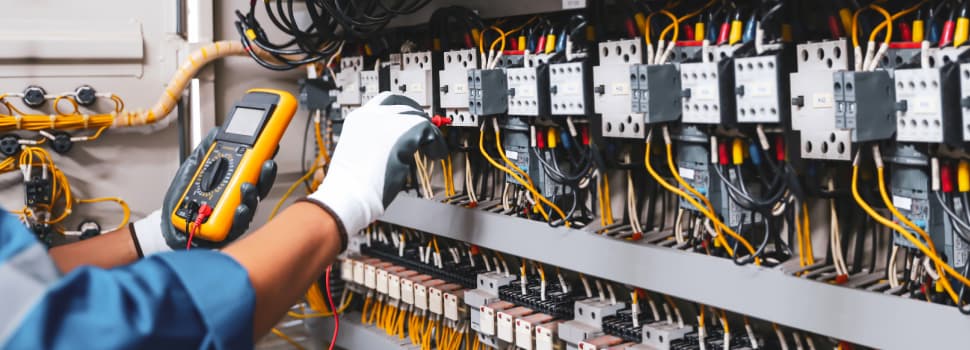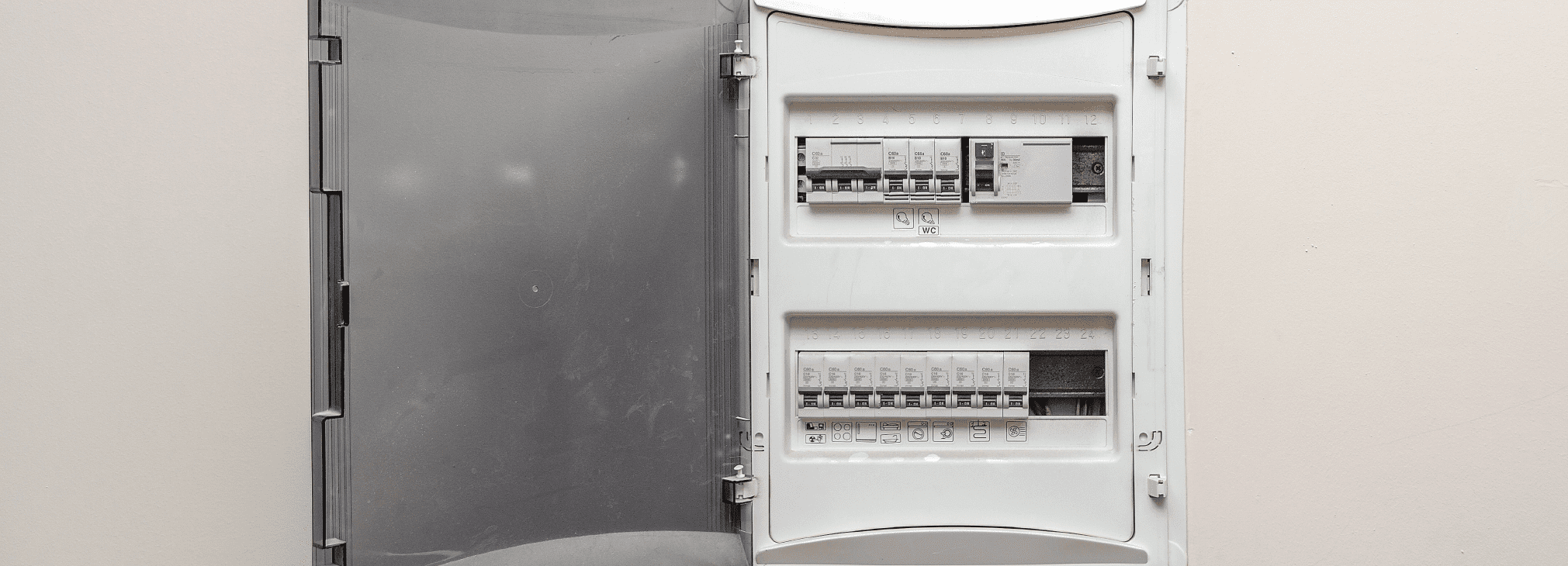
Key safety measures when using distribution boxes in hazardous environments
Safety is always a top priority for any environment, and it’s particularly crucial in areas that are known for hazardous conditions – common in the industrial engineering and manufacturing sector, for example.
So if you’re planning on using distribution boxes (otherwise known as power distros) to distribute electrical power in these sorts of environments, it’s crucial to implement rigorous safety measures to prevent accidents and protect your team, as well as anyone else in the vicinity. So with that in mind, here are our top tips for ensuring safety when using distribution boxes in hazardous environments!
Choose the right box for the environment (and application)
This is an absolutely essential step, and one that you probably don’t need to be told – but we’d be remiss not to mention it! Not all distribution boxes are created equal, and it’s essential to select the right one for the specific hazardous environment.
You’ll need to take into account various factors, such as the level of exposure to dust, moisture, chemicals, or extreme temperatures. Choose a distribution box with appropriate ingress protection (IP) ratings to ensure it can withstand the conditions it will be exposed to. Here at Rubber Box, we supply power distros that collectively encompass a diverse range of IP ratings, so whatever environment or application you have in mind, you can count on us to have something to suit you.
Carry out regular inspections
Regular inspections of distribution boxes are essential to identify any potential issues or hazards. Exactly how often these professional inspections should be carried out is a matter of professional judgement to a degree, but as a general rule, the more often they’re used (especially in intensive environments), the more often they’ll need to be inspected.
The exterior casing will need to be examined for signs of damage such as cracks or dents, which could compromise its integrity. Additionally, the internal components need to be checked for wear and tear, loose connections, or overheating. Any abnormalities will need to be addressed promptly to prevent potential further damage or electrical failures.
Take care to ensure proper grounding and lockout / tagout procedures
Proper grounding is critical to prevent electrical shocks and fires, so once on-site, it’s worth double-checking that the distribution box is securely grounded according to industry standards and regulations. Grounding rods or cables can be used to establish a connection to the earth, and you’ll also need to arrange regular checks for any loose or damaged grounding connections.
Now, we should also say that before performing any maintenance or repairs on distribution boxes, it’s essential to follow lockout/tagout procedures to isolate the power source and prevent accidental energisation. Lockout/tagout devices should be used to secure the distribution box and clearly indicate that maintenance work is in progress. Employees should be trained on lockout/tagout procedures and understand the importance of following them rigorously. In fact, that leads us neatly on to…
Prioritise training and PPE
Proper training is key to ensuring the safe use of distribution boxes in hazardous environments, so everyone who will be working with or around distribution boxes will need to have received comprehensive training on their operation, potential hazards, and emergency procedures. And of course, as you’ll already know, often training isn’t a one-and-done kind of process. Instead, training should be ongoing to reinforce safety protocols and keep employees informed of any updates or changes.
And speaking of regular training refreshers, personal protective equipment (PPE) is always a good area to shine a regular spotlight on. Depending on the specific risks associated with the environment, PPE may include safety gloves, goggles, face shields, and flame-resistant clothing. As the very bare minimum for working in hazardous environments, all personnel will need to be equipped with the necessary PPE, and able to demonstrate that they understand how to use it correctly.
Conduct regular risk assessments
And finally of course, regular risk assessments will always need to be conducted to identify and mitigate potential hazards associated with the use of distribution boxes in hazardous environments. These assessments will need to consider factors such as the location of the distribution box, the surrounding environment, the type of equipment connected to it, and the activities being performed.
Those are all the essentials covered. When it comes to the considerations for specific sites, we’ll leave the details up to you! As for us, we’ll keep doing what we do best – providing a wide range of power distribution equipment , including our standard ranges and various bespoke products.
For over 20 years, we’ve been a market leader and well-respected name within the industry, supplying electric power distribution boxes and equipment to some of the largest venues and events in the UK and over 30 countries worldwide.
You can browse through our products here, or you can speak to a member of our team by giving us a call at 01282 677 910 or emailing us at info@rubberbox.co.uk.







